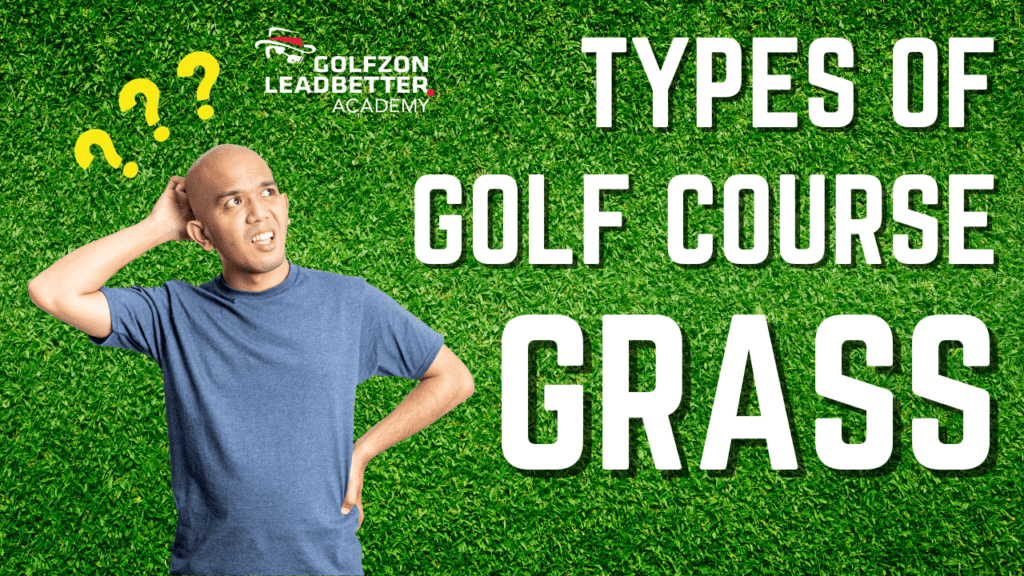In the world of golf, the playing surface is more than just a canvas – it’s a dynamic element that can significantly influence your game. The type of golf grass used on a course plays a pivotal role in determining the ball’s roll, bounce, and overall playing experience. In this blog post, we’ll explore the nuances of various types of golf grass, deciphering how they affect your game and contribute to the overall picture of golf course landscapes.
Understanding Types of Golf Grass
Before we get into the impact of golf grass on your game, let’s take a closer look at the different varieties commonly found on golf courses:
Bentgrass
Known for its fine texture, Bentgrass (one of the most common types of golf grass) is often used on putting greens. Its tight-knit structure provides a smooth and consistent surface, crucial for precision putting.
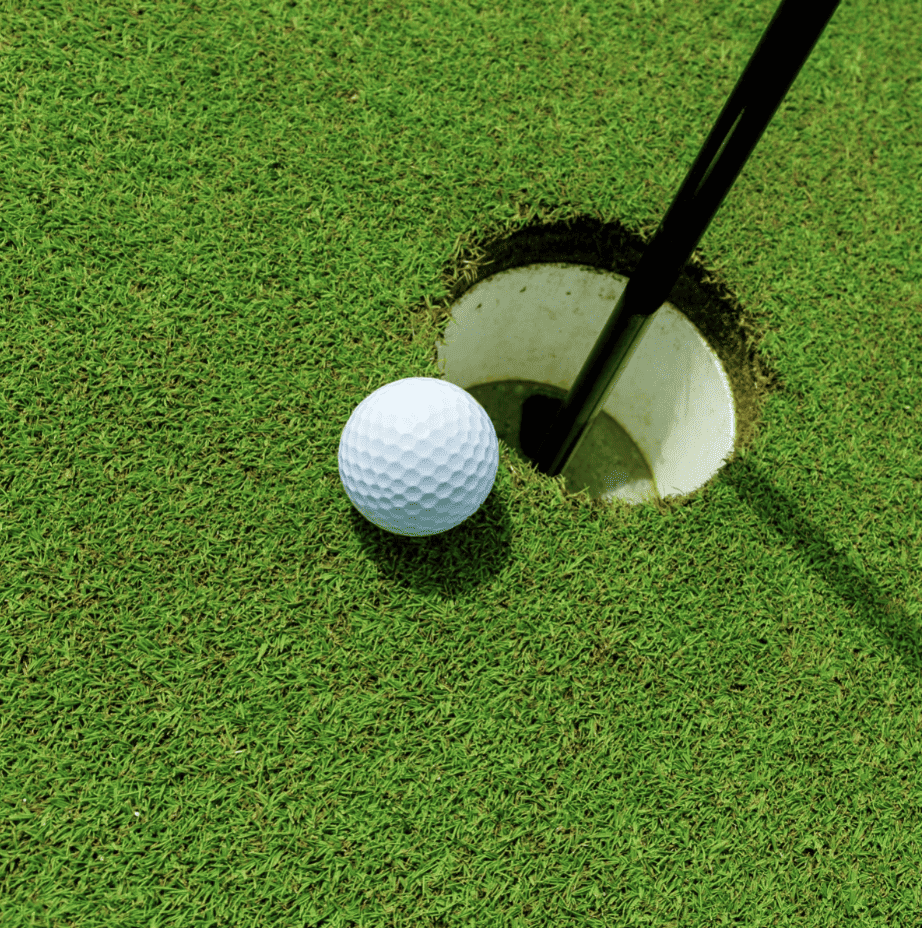
Bermuda grass
Resilient and versatile, Bermuda grass is a golf grass that thrives in warmer climates. It is commonly found on fairways and tees, offering a durable and playable surface that recovers well from divots.
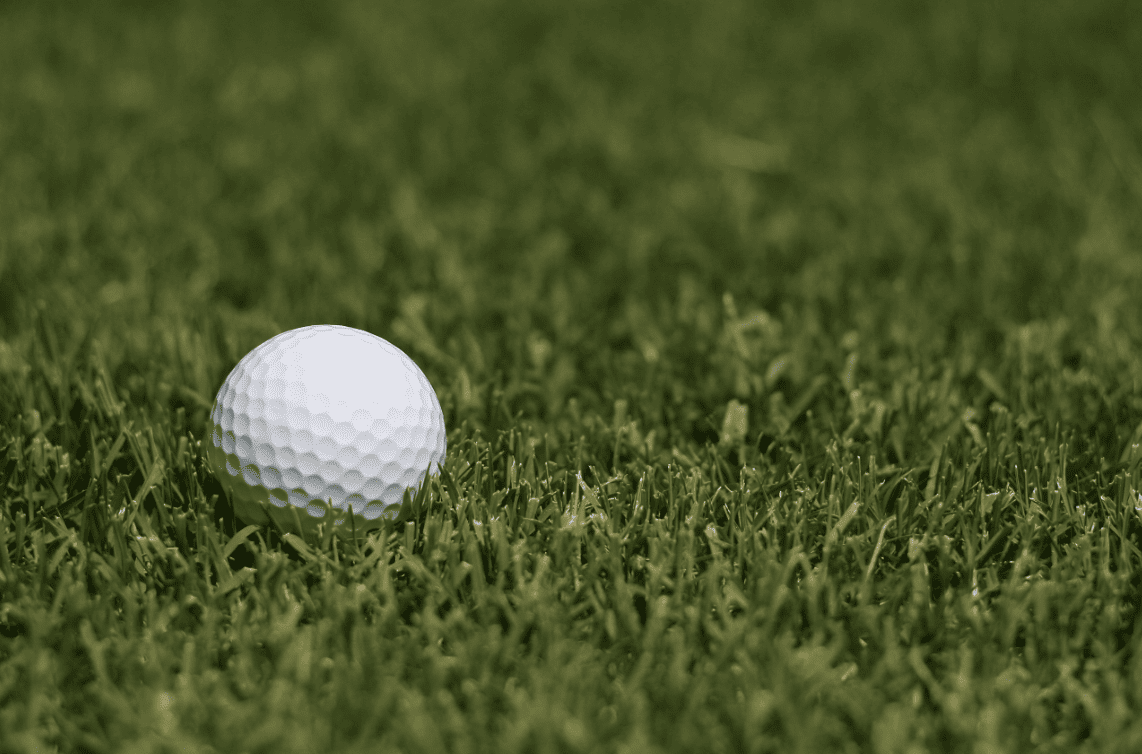
Zoysia grass
Chosen for its low maintenance requirements, Zoysia grass provides an attractive playing surface for fairways and roughs. Its lush green appearance adds an aesthetic touch to golf courses.
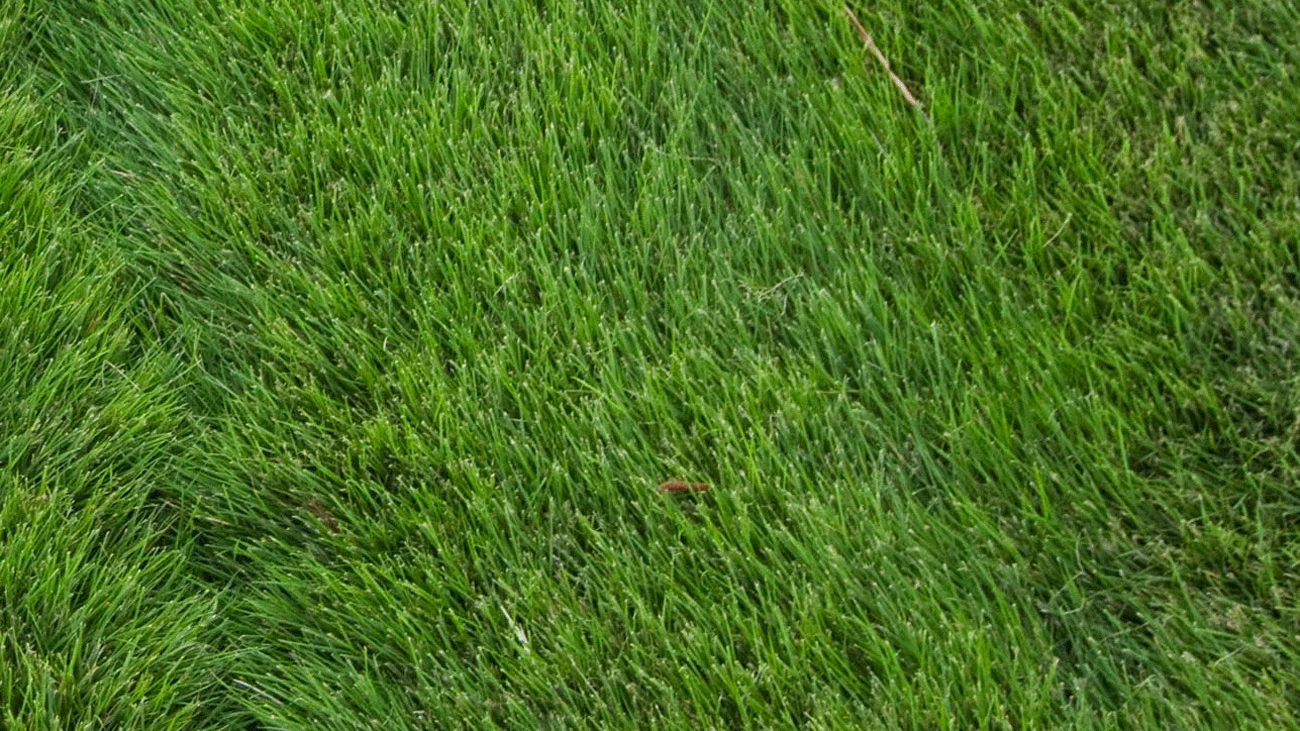
Ryegrass
Used as a cool-season grass (often a winter months type of golf grass), Ryegrass is often used as overseed. It ensures a vibrant green hue during colder months, maintaining year-round playability.
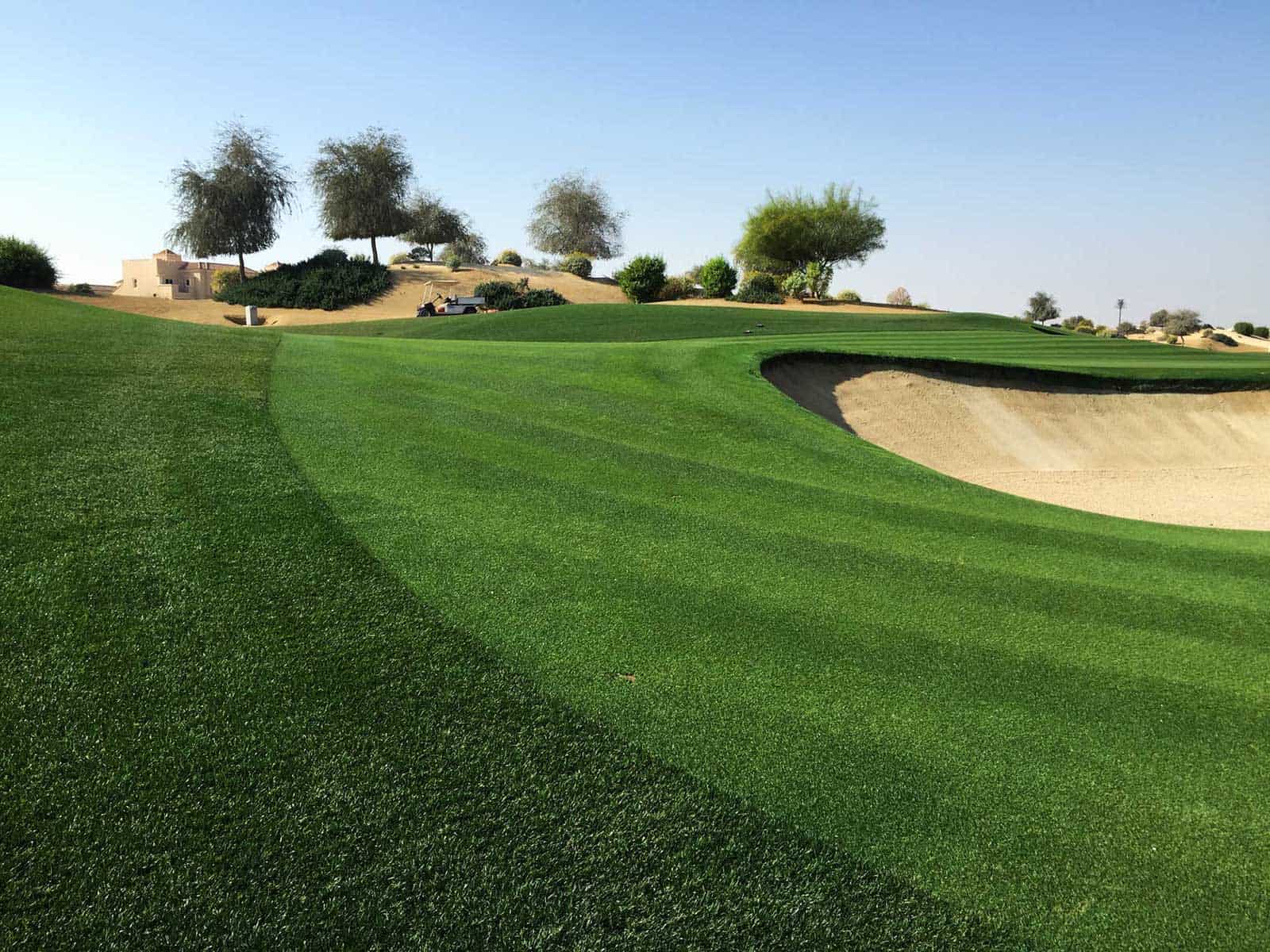
Kentucky bluegrass
Known for its deep green color and fine texture, Kentucky Bluegrass contributes to the aesthetic excellence of golf courses, particularly in cooler climates.
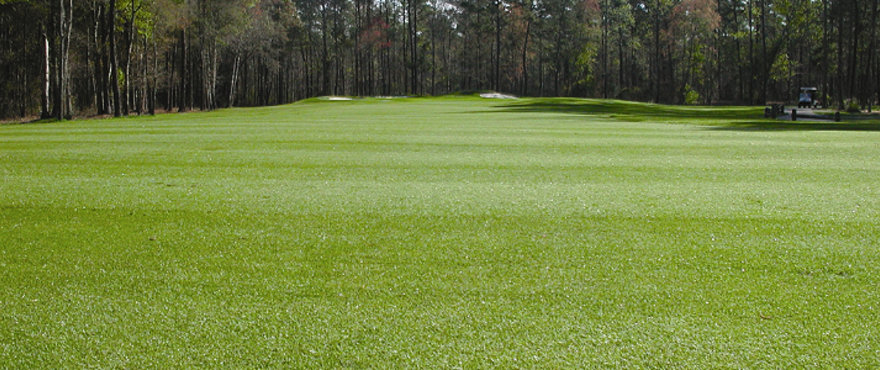
The Impact Of Golf Grass On Your Game
A closer look at the various ways the type of golf grass you’re playing on can affect your game:
Putting greens – The bentgrass advantage
Some of the best private clubs in the world have bentgrass greens and fairways. Bentgrass, with its velvety texture, creates an ideal putting surface, as it is one of the few types of golf grass species that can be cut lower than other grass types. The short blades and dense growth ensure a smooth and true roll, affecting your putting precision.
Fairways and tee’s – Bermuda’s resilience
Bermuda grass’s resilience and ability to recover quickly make it a common choice for fairways and tees, however, its rough blades and thick root structure (known as stolons) make it a challenging golf grass for even advanced golfers to make solid contact with the ball.
Easy maintenance – Zoysia grass
Zoysia grass not only looks lush but also requires less maintenance. The biggest advantage of zoysia grass is the thickness and density of its blades allowing for the ball to sit up, encouraging flush contact. Contrastingly, because of its thick nature, zoysia grass significantly impacts ball roll and bounce.
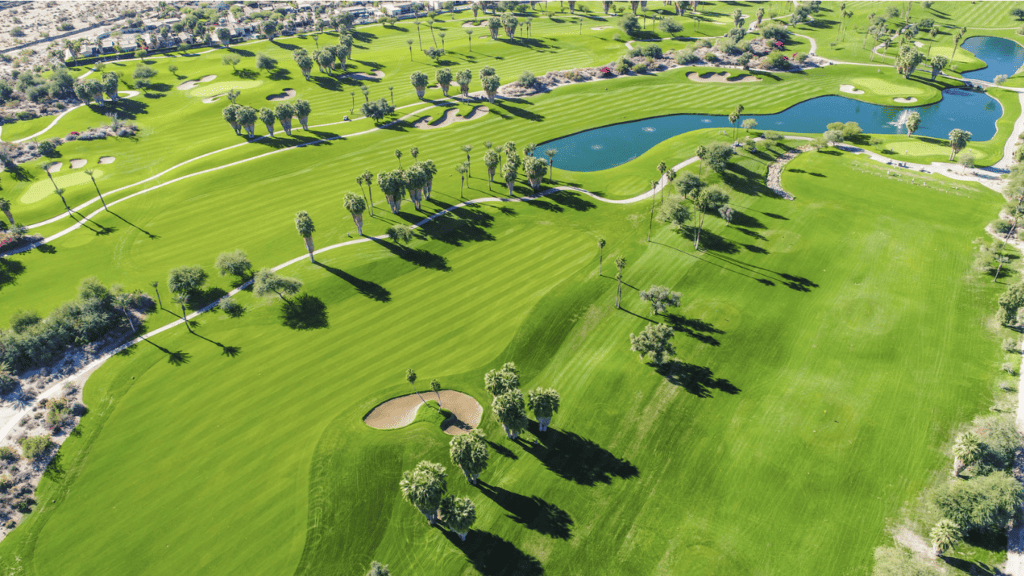
Year-round play – Ryegrass
Ryegrass ensures that the golf course maintains a vibrant green appearance even during winter. This seasonally strategic choice impacts the overall aesthetics and experience for players.
Visual impact – Kentucky bluegrass
Kentucky Bluegrass, with its deep green color, contributes to the picturesque landscapes of golf courses, but its impact is not just visual. Kentucky Bluegrass is unable to withstand low mowing heights, so the ball will sit up a bit higher, making it preferred by mid-low handicappers.
Choosing the right golf course for your playing style
Understanding the impact of golf grass on your game allows you to choose courses that align with your play style and preferences. Whether you’re a putting perfectionist or enjoy the resilience of Bermuda fairways, knowing the role of different grass types enhances your overall golfing experience.
Conclusion
The next time you walk the fairways and greens, remember how different types of golf grass add their own unique touch to your golfing experience. Whether you’re aiming for precision on the putting green or seeking resilience in your drives, the type of golf grass is a subtle yet impactful player in the game we all love. So, step onto the course with newfound knowledge, and a new factor to blame when you lip out that putt.
